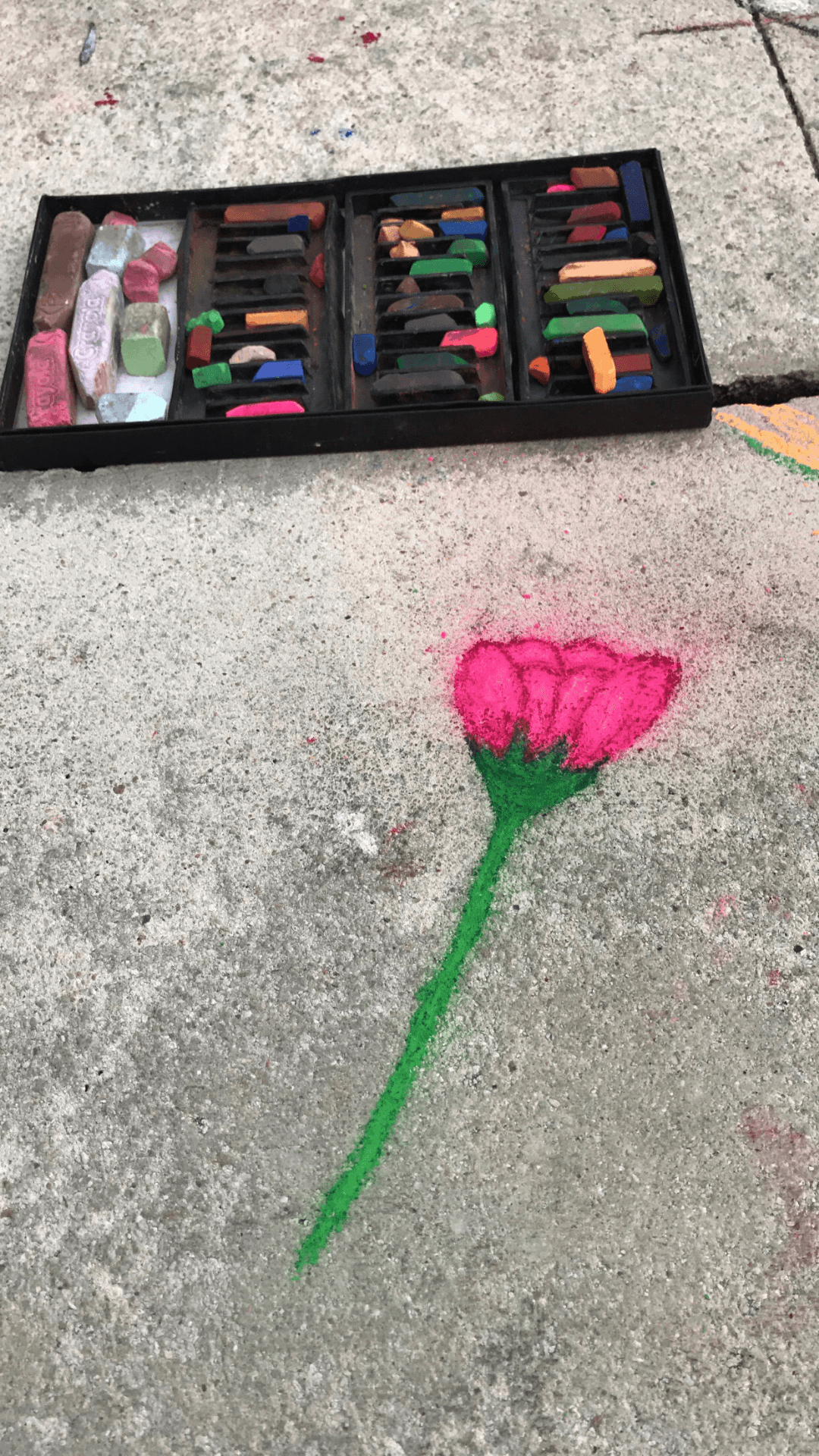Most people have heard of budget cuts on the arts in education or of parents steering their children away from careers in the arts. Not only is it a common trope in movies and TV shows, but it also happens in everyday life. The thing is, research, including a 2013 study by Johns Hopkins researchers Joseph LeDoux, Rebecca Ehrhardt, Daniela Schiller and Linnaea Ostroff has proved having an understanding of different artforms yields advantages in different realms of intelligence such as innovation, attention,motivation and motor control.
Given this, making art part of your learning process or even indulging in it as a side hobby may be helpful in increasing your retention rate and making the subject matter you’re focusing on that much more interesting.
Try to connect art to what you’re learning to solidify this connection. When learning about historical occurrences, look up art that depicts battles, protests or responses to the events and with a picture in mind that highlights different historical dynamics, you might find it easier to understand. For science classes, understanding real-life applications is crucial. When dealing with a subject like anatomy, you can express yourself artistically through means of building a model that will cement the structure in your memory. Analyzing a play or a song might just help you analyze dense philosophy readings. Using art as a means of study is more than just a quirky study technique, it enriches your ability in multiple areas and deepens your knowledge in general.
Expressing yourself through art will expand your mental ability in more than one way: you’ll feel more capable of expressing yourself in your writing and in professional settings, and since you’ll be thinking a lot about different approaches to your art, you’ll be more open to different perceptions, which leads to critical thinking. Spending even just a few minutes a day sketching, making music, taking photographs, painting or whatever floats your boat will help you in every area and likely be fulfilling. Not to mention, investing time into an artform might help you to make new connections in the art world, expanding your people skills and improving your personal and professional network.
If you’re interested in using art as a means of self-improvement, decide what form of art you’re most interested in and then invest. If you like sketching, buy a decent sketch pad along with some charcoal or graphite pencils. You may be more interested in performance or musical arts, and there are definitely options for that, too. Find classes that teach you how to play a particular instrument, download music mixing software or audition for a play and find yourself learning time management, personal and retention skills.
Really, there’s something for everyone in the arts, and there’s every reason to try something new. You might not like it, but if you do, it will translate over to other parts of your life. And when your future child excitedly tells you they want to be an artist, hand them a paintbrush and see what happens.


